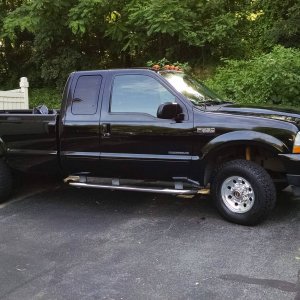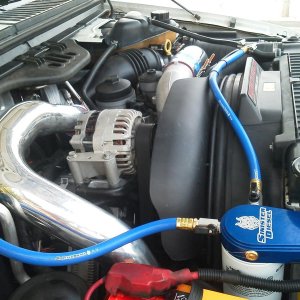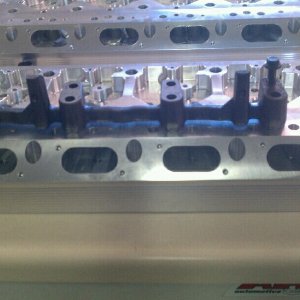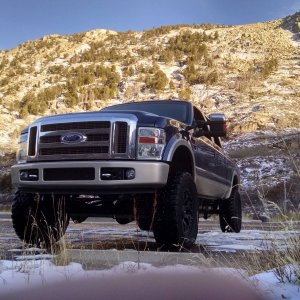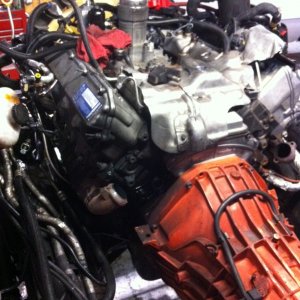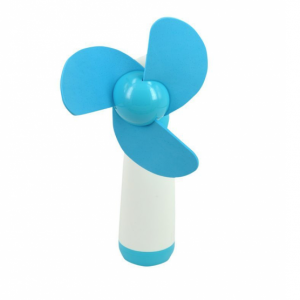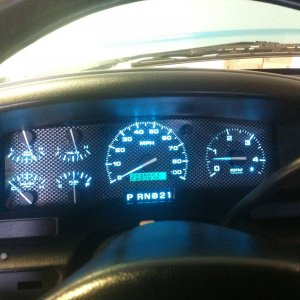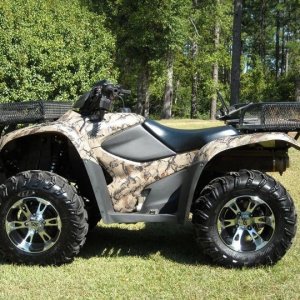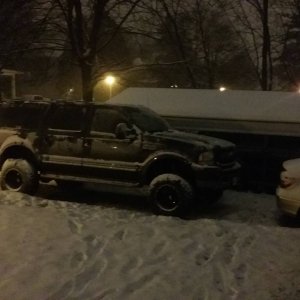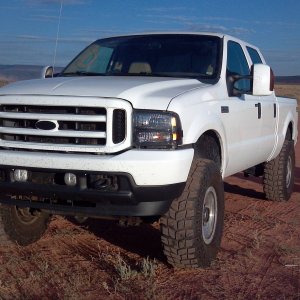Plenum Size
Through my research I've concluded that for a turbocharged engine 150% of engine displacement works best for total Plenum volume. As you may know if we know volume we can work backwards through equations to determine Plenum length and diameter.
We know our engine is 6.0 liters so if we multiply that 150% we end up with a volume of 9.0 liters or 549.2 cubic inches.
I also theorize in this part that since we have 2 sides to our Plenum will need to divide our plenum volume by two to accurately calculate the size of the tubing necessary to construct the manifold. That would get us to a volume of 274.6 per side.
Again through research I've found that with the type of plenum design we are using roughly and inch should be added to the rear of each plenum tube to improve flow for the rear cylinders.
OK so to calculate the proper diameter of tubing for the plenum we would have to know the total length of the plenum which could be found by measuring but its cold out and I'm sick so I'm not going outside.
But anyways the equation for volume of a cylinder would work for this.
V=(π)(R squared)(height or length in our case)
274.6=(3.14) r2(length)
R would be the value we are trying to find and if we had a length we could do that. I'm going to just say 15" for sh*TS and giggles.
So if we plug in 15 we would need to divide volume by that to get us closer to a radius.
274.6/15=18.30
18.30=(3.14)r2
Now we divide the pi
18.30/3.14=5.83
Now we need the square root of 5.83
Which would be 2.41"
So we now know that at a 15" length our intake plenum is going to have a radius of 2.41" and a diameter of 4.82".
As was said above a mathematically sized intake would not fit on a stock based engine and would be tough to fit in a full out performance engine. With more accurate measurements I'm sure that number would drop but probably not much.
I also want to note the fact of the coefficient of friction against the air inside the plenum. To make the plenum most efficient we would have to increase the diameter of the plenum to 100% overcome this effect. When air flows inside a tube like that 80% of the is flowing at 100% velocity and 20% would be moving slower than optimal speed. With that being said you would want all runners 20% of the plenum diameter away from the floor, sides, front, and rear of the plenum.
Okay now have at it.


